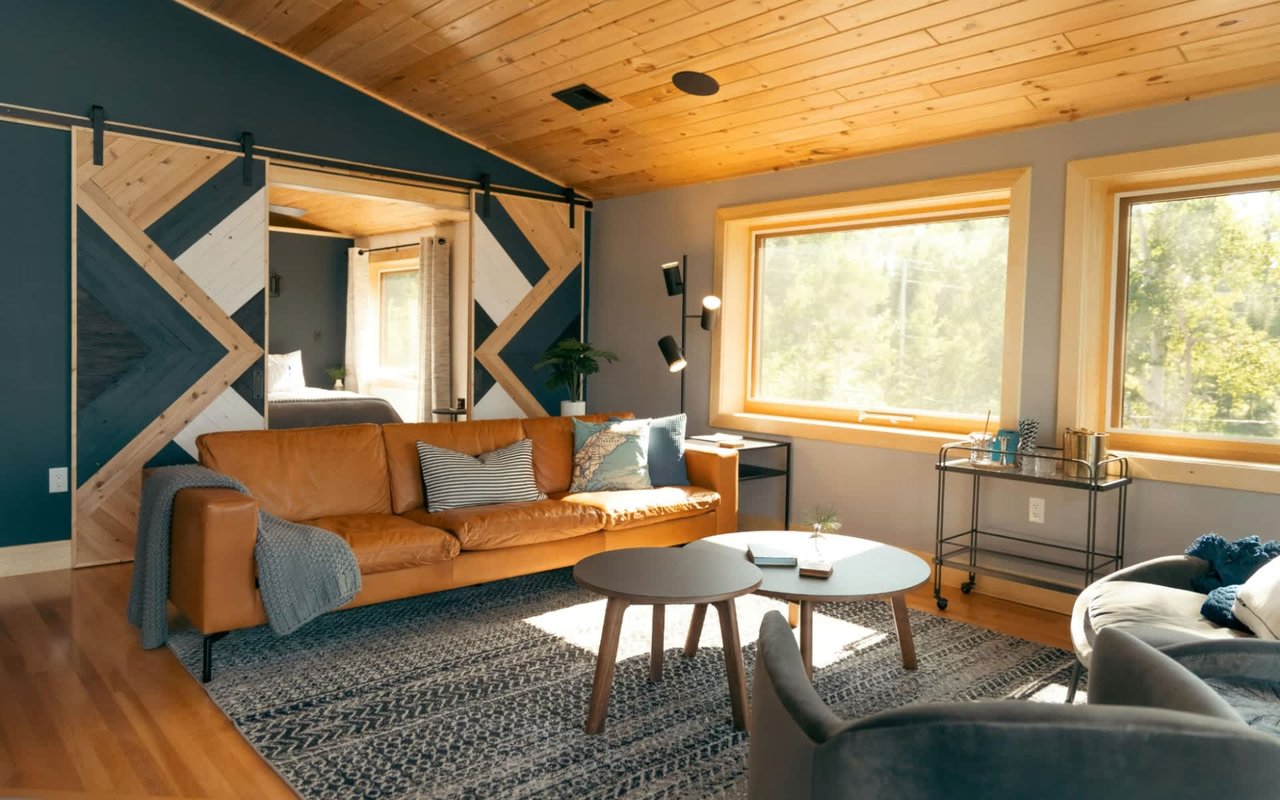Mahwah, New Jersey, is a town rich with architectural diversity and historical significance. From stately homes to modern innovations, the structures within this community tell a story of cultural evolution and design excellence. This article explores notable architectural landmarks that make Mahwah, NJ, a unique place to visit and live. Whether you are a resident or considering relocating, understanding these landmarks provides a deeper appreciation of Mahwah's built environment.
FROM OUR BLOG

Best Beer Gardens and Craft Beer Spots Near Mahwah, NJ
The Molfetta Team
Exploring the region’s most inviting places to sip, savor, and unwind.
Read More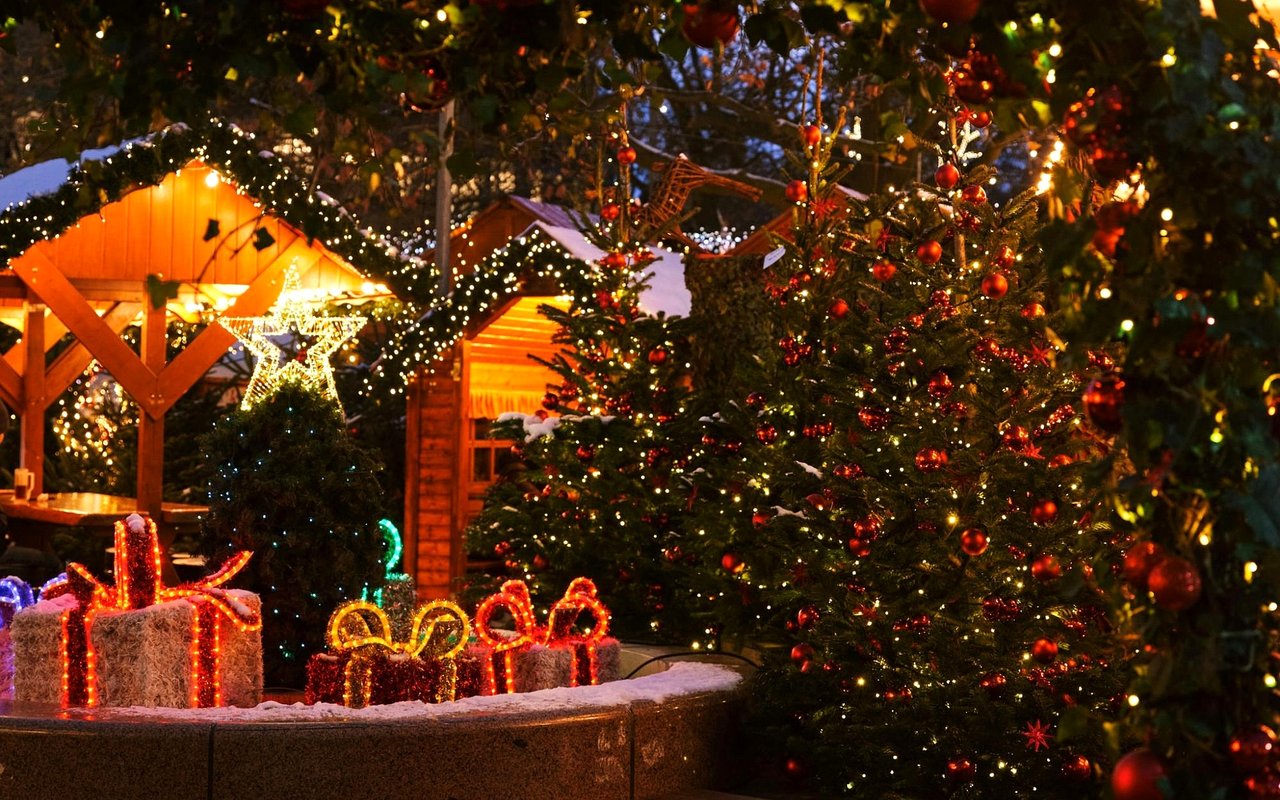
Best Holiday Light Displays and Winterfest Events in Mahwah, NJ
The Molfetta Team
A Bright and Festive Guide to Seasonal Magic.
Read More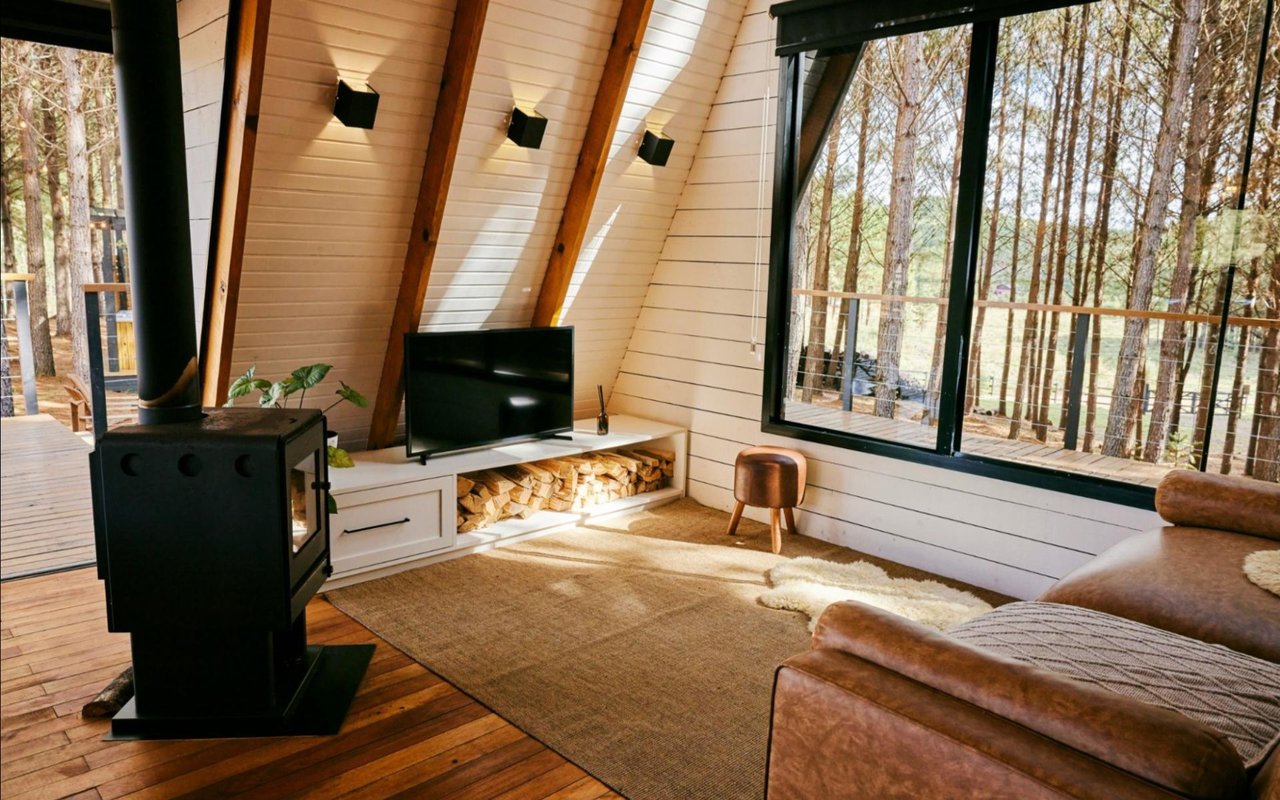
Winterizing Your Home in Mahwah, NJ – Essential Tips and Checklist
Preparing Your Property for a Warmer, Safer, and More Efficient Winter Season.
Read More
How to Give Back This Winter in Mahwah, NJ: Local Charities & Volunteer Opportunities
The Molfetta Team
Find ways to give back to the community this winter in Mahwah.
Read More
Best Improvements for Your Home's ROI
The Molfetta Team
Unlocking Potential for Selling a Home in Mahwah, NJ, and Beyond.
Read More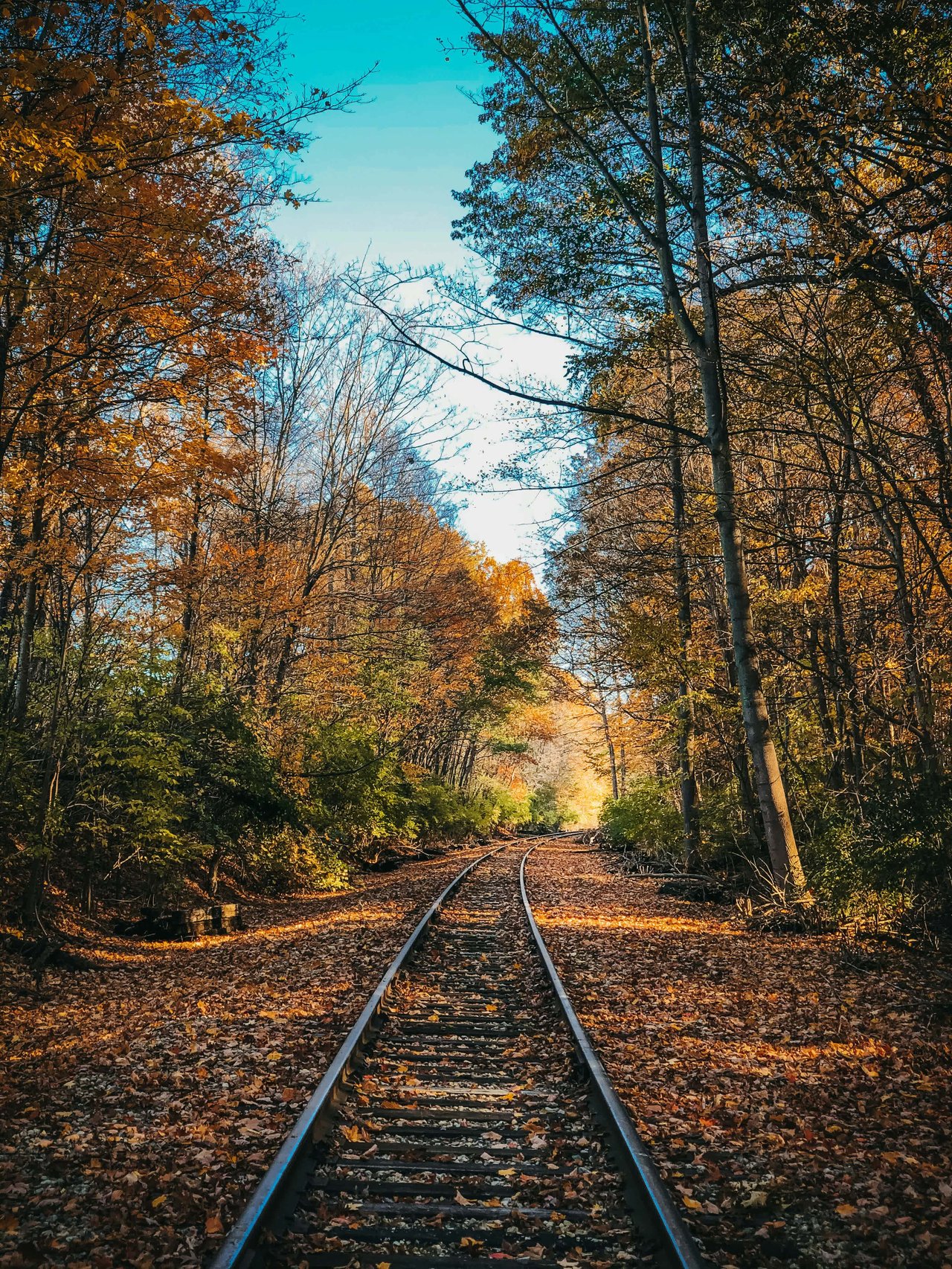
Everything You Need to Know About Moving to Mahwah, NJ
The Molfetta Team
Exploring the Charms of Mahwah, NJ: A Comprehensive Guide for Prospective Residents.
Read More
How to Find a Real Estate Agent
The Molfetta Team
The key qualities and skills of an expert.
Read More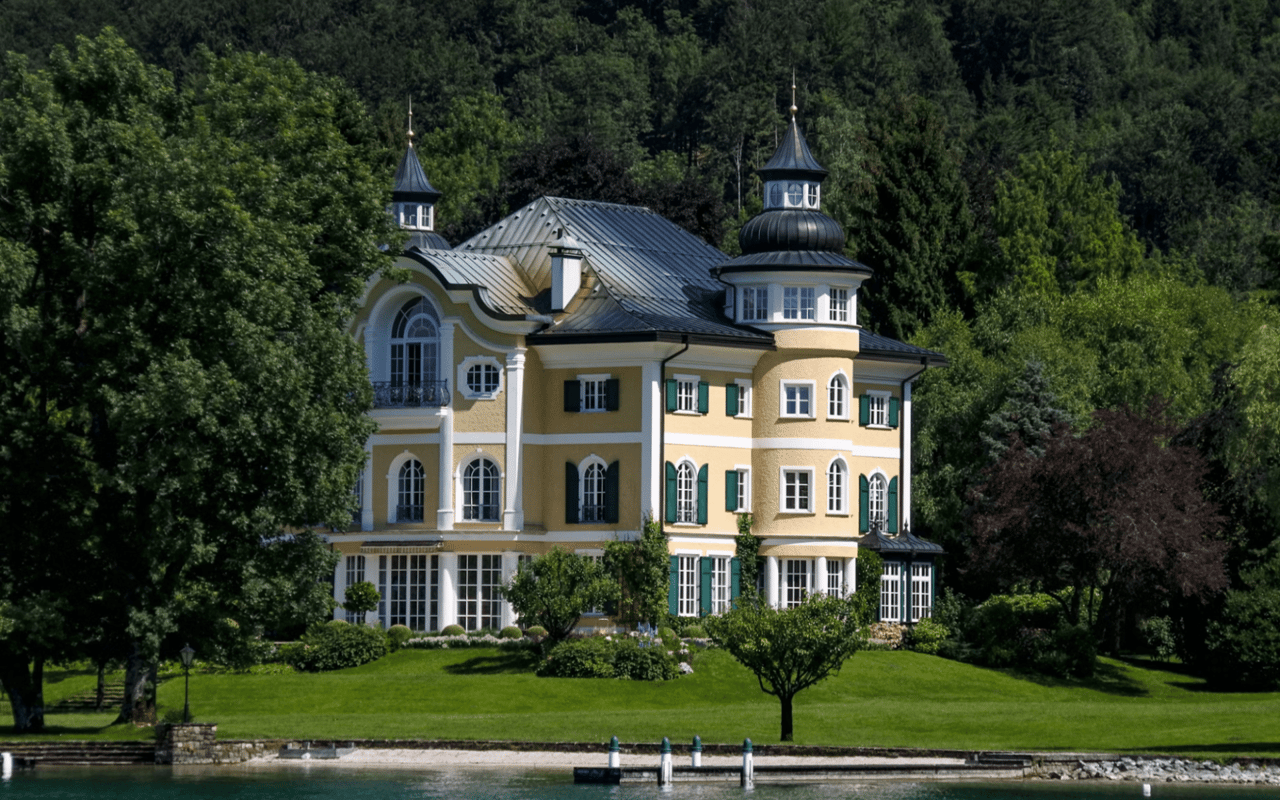
Architectural Landmarks in Mahwah, NJ
The Molfetta Team
A Journey Through Mahwah, NJ's Architectural Heritage.
Read More
Things To Do When Moving To A New State
The Molfetta Team
A Guide to Settling in Mahwah, NJ.
Read More
4 Best Places to Shop Near Mahwah, NJ
The Molfetta Team
Discover the Top Shopping Destinations Near Mahwah, NJ.
Read More
A Guide to Mahwah, NJ Parks
The Molfetta Team
Exploring Mahwah, NJ Parks: A Comprehensive Guide.
Read More
Ultimate Guide to Selling Your Home in Mahwah, NJ
The Molfetta Team
Achieving a rewarding and efficient home-selling experience.
Read More
8 Smart Home Features Every Modern Homeowner Should Consider
The Molfetta Team
Innovations for the modern homeowner.
Read More
The Ultimate Guide to the Home Inspection Before Buying
The Molfetta Team
Navigating this important step.
Read More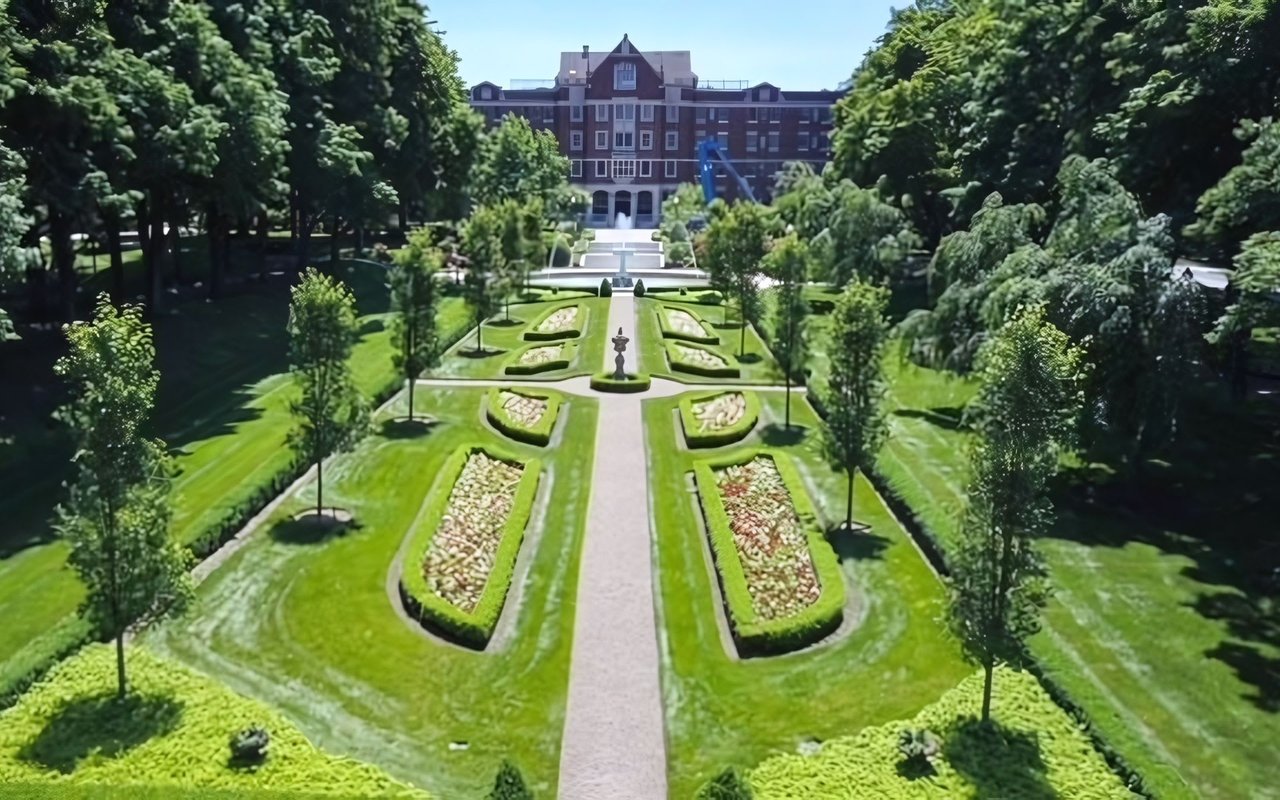
Should You Buy a Mid-Rise Condo in Rio Vista?
The Molfetta Team
Discover the charm and convenience of mid-rise living in Mahwah’s Rio Vista.
Read More
Everything You Need to Know about Getting Your Home Inspected Before Selling
The Molfetta Team
A guide to this important step.
Read More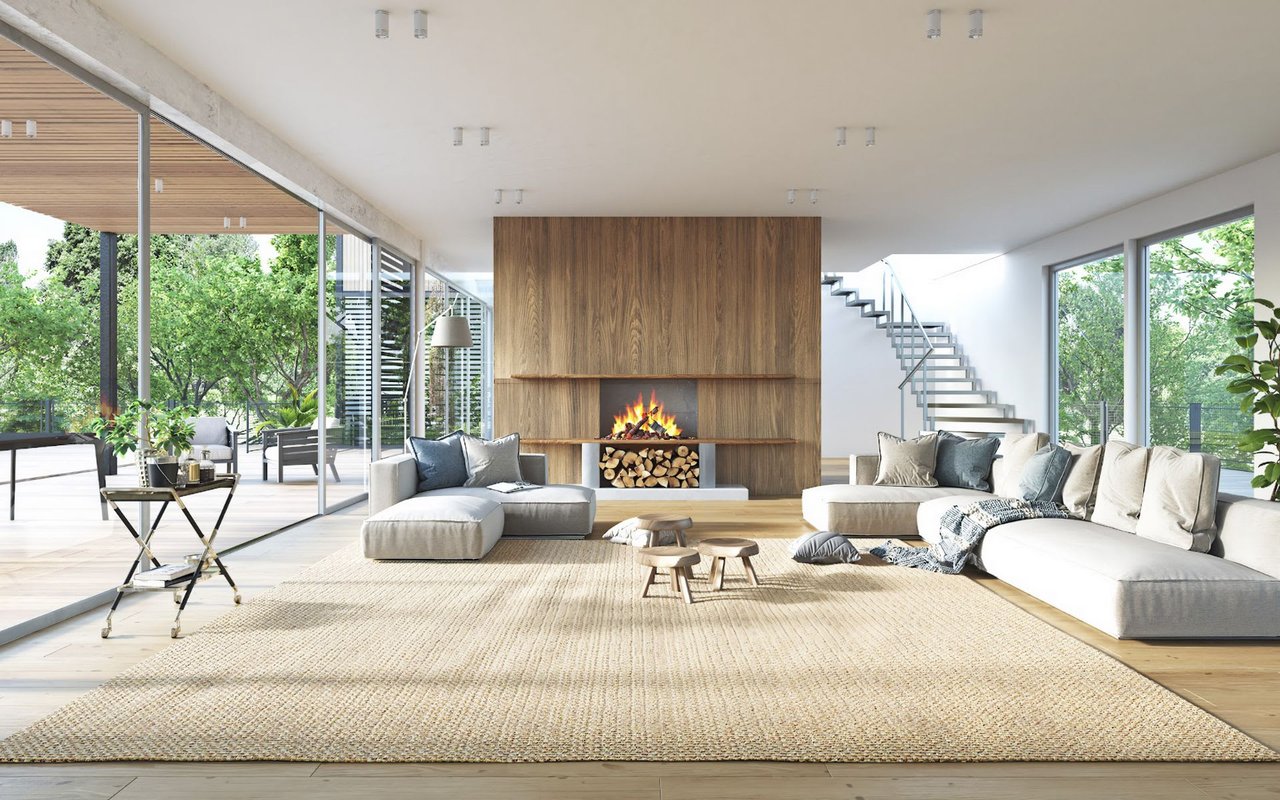
How to Own Your Dream Home: A Step-by-Step Guide
The Molfetta Team
Owning your dream home in Mahwah is a journey worth taking.
Read More
Tips for Hiring a Remodeling Contractor
The Molfetta Team
Find a professional to bring your vision to life.
Read More
The Differences Between Buying A Second Home vs Investment Property
The Molfetta Team
Enjoy your journey into Mahwah’s real estate market and make the choice that’s rig...
Read More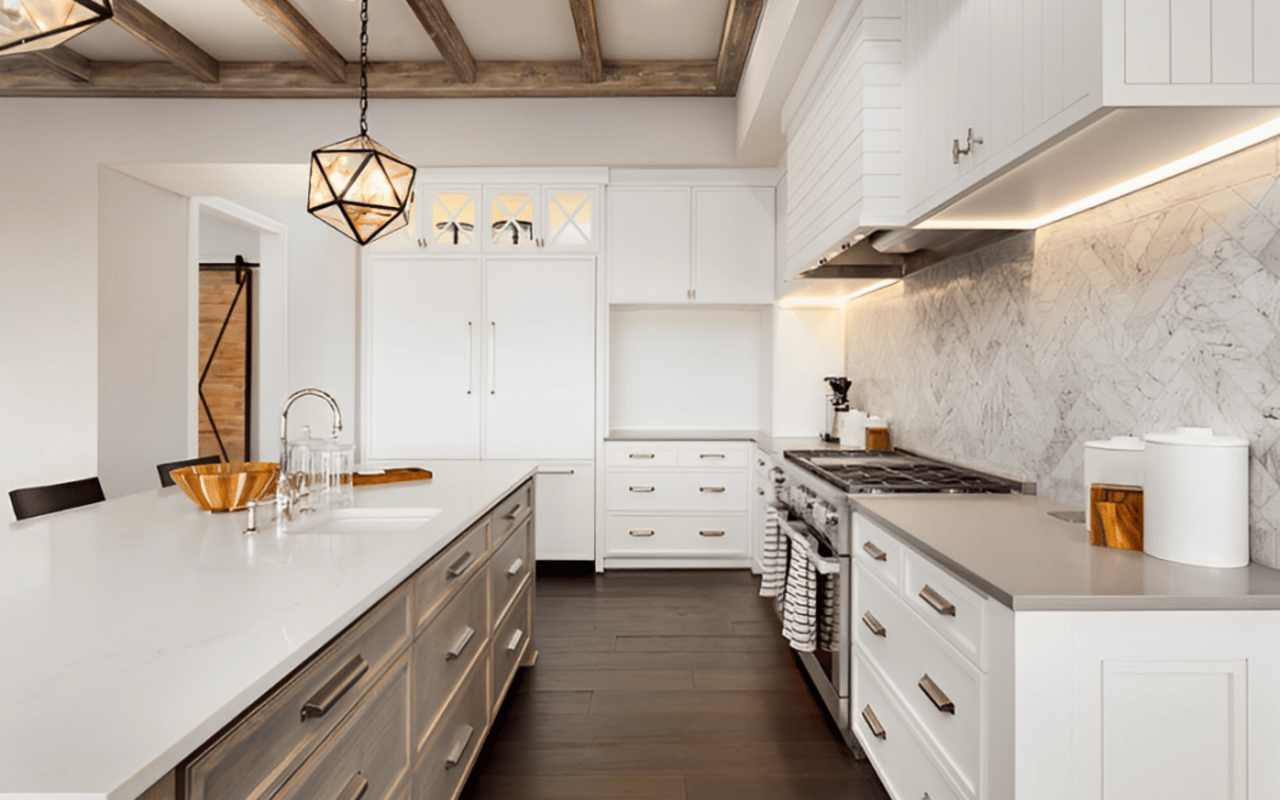
How to Buy a Luxury Home in Mahwah
The Molfetta Team
Your Mahwah adventure is just beginning.
Read More
The Science of Color: How to Choose Paint Tones for Every Room
The Molfetta Team
Your home deserves a color palette as unique as you are. Let these tips guide you ...
Read More
7 Benefits of Owning a Home with Natural Light
The Molfetta Team
Discover the transformative power of natural light and elevate your Mahwah lifestyle.
Read More
Must-Visit Fall Festivals Near Mahwah, NJ This Season
The Molfetta Team
Rustic hayrides, exciting arts festivals, and much more.
Read More
How To Winterize Your Home
The Molfetta Team
Turn your home into a cozy haven this winter — it’s all about being prepared and m...
Read More
Where to Buy Flowers Near Mahwah, NJ: Secor Farms & Stone House Nursery
The Molfetta Team
These local florists enliven the homes of Mahwah.
Read More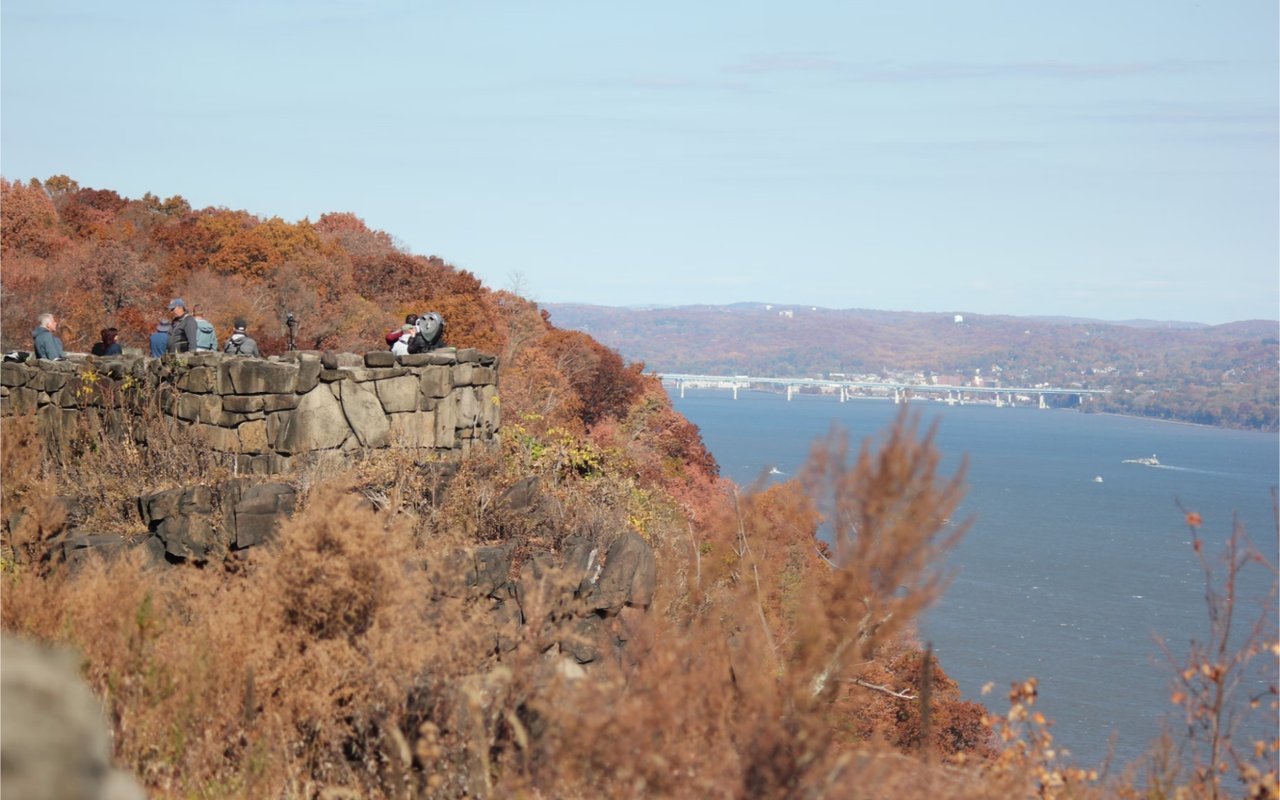
Best Nature Trails and Scenic Hikes Around Mahwah, NJ: Explore Ramapo Valley and B...
The Molfetta Team
Though lesser-known, Upstate New Jersey has incredible hikes.
Read More
Top Public Swimming Pools Near Mahwah, NJ
The Molfetta Team
Anyone can enjoy the water at these Mahwah-area public pools.
Read More
Buying a Home in Mahwah, NJ
The Molfetta Team
Your home-buying journey starts with the right plan — take the first step today.
Read More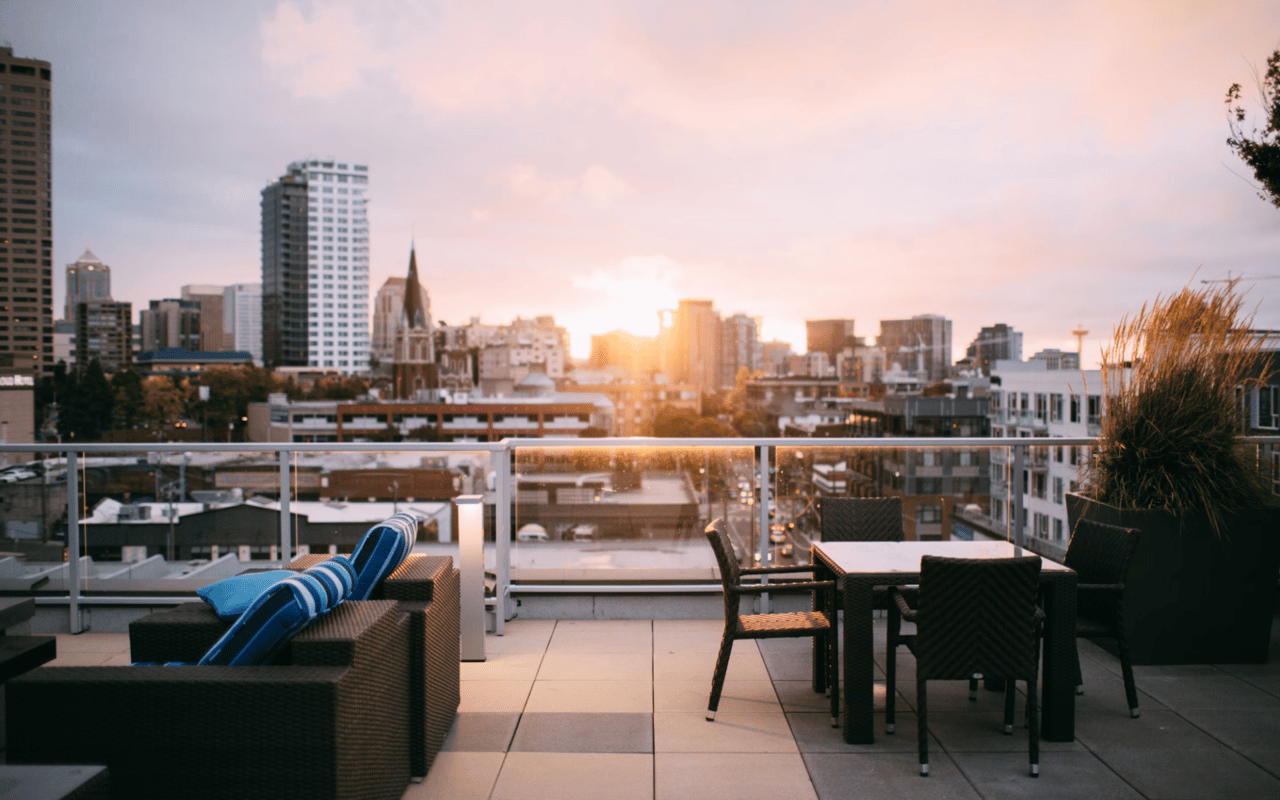
Best Outdoor and Rooftop Dining Near Mahwah, NJ — Plus One NYC Spot Worth the Trip
The Molfetta Team
Treat yourself to one of these fabulous outdoor dining experiences.
Read More
Home Renovations to Boost Your Sale Price in Mahwah, NJ
The Molfetta Team
Boost your home's value with smart, focused renovations buyers will love.
Read More
Top Beach Getaways Near Mahwah, NJ
The Molfetta Team
Take any of these beach excursions from your Mahwah home.
Read More
Where to Watch New Jersey Jackals Baseball Games Near Mahwah, NJ
The Molfetta Team
Catch a game in person at Hinchliffe Stadium or watch on TV.
Read More
Best Sports Bars Near Mahwah, NJ
The Molfetta Team
Mahwah residents can always count on these sports bars.
Read More
Upcoming Town Festivals in Mahwah, Upper Saddle River, Ramsey, & Suffern
The Molfetta Team
Plan for these events in Bergen County and the surrounding areas.
Read More
Top Kayaking Spots Near Mahwah, NJ: Harriman, Ramapo, and More
The Molfetta Team
Hike and paddle at these beautiful lakes and rivers near Mahwah.
Read More
Best Places to Watch July 4th Fireworks Near Mahwah, NJ
The Molfetta Team
Choose from New Jersey’s most spectacular fireworks displays.
Read More
Annual Home Maintenance Checklist to Keep Your Property Value Up
The Molfetta Team
Keep your Mahwah home in top shape — because a well-maintained property is always ...
Read More
Key Features to Look for When Searching for Your First Home in Mahwah, NJ
The Molfetta Team
Finding your first home is an exciting journey. With careful consideration of thes...
Read More
7 Cost-Effective Best Ways to Make Your House More Energy-Efficient
The Molfetta Team
Small changes can lead to notable energy savings.
Read More